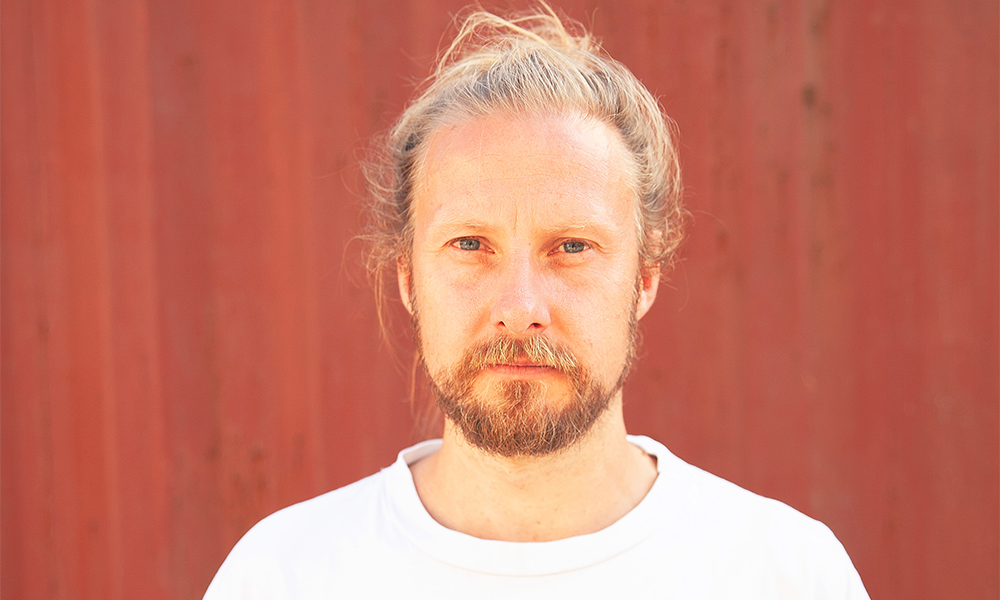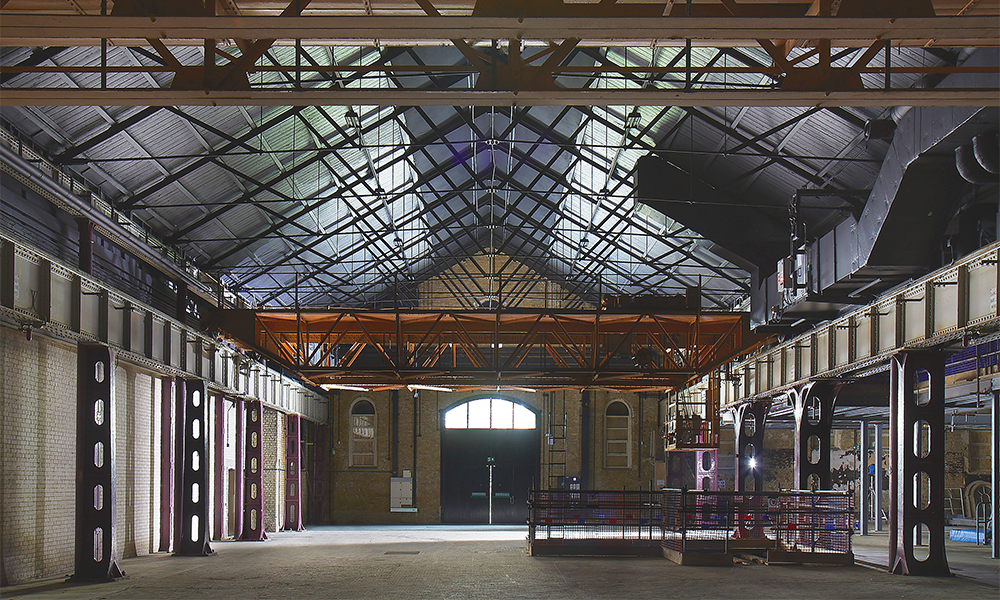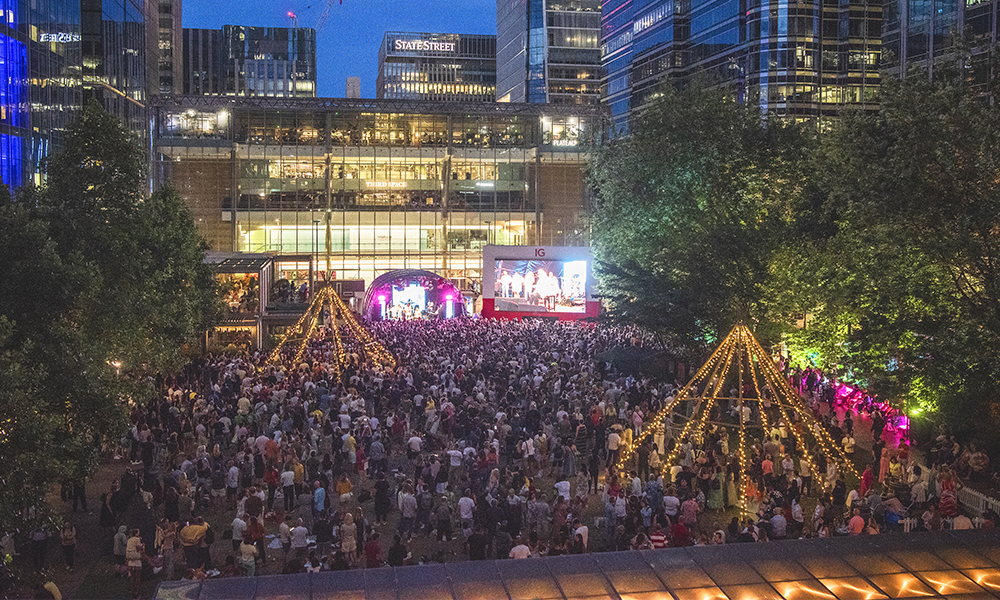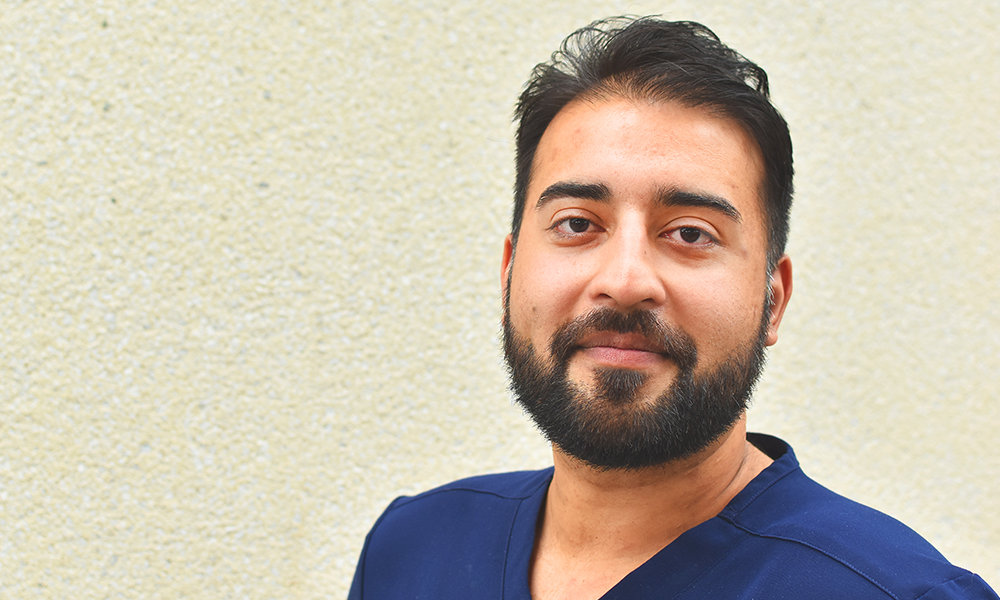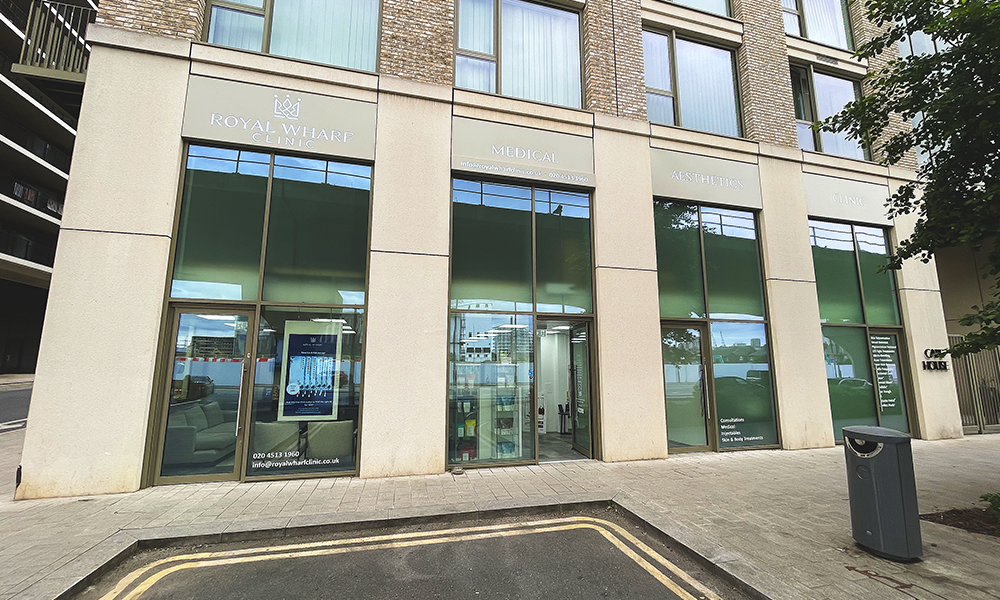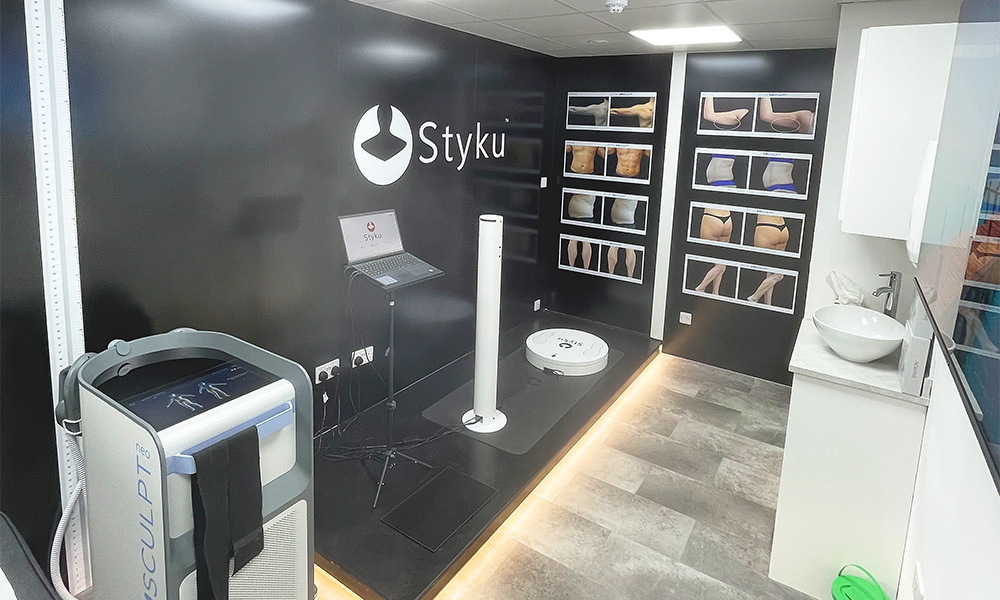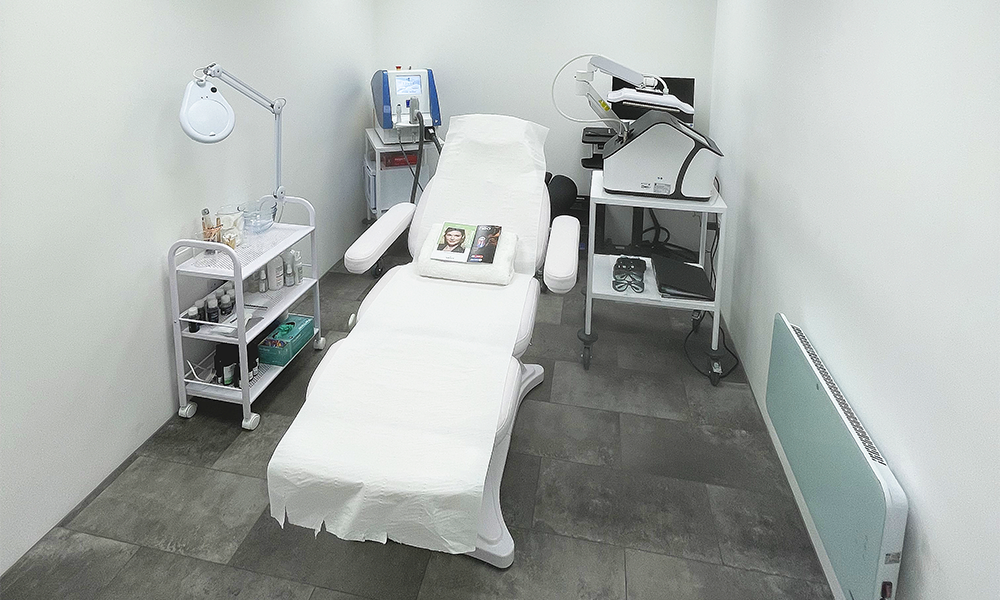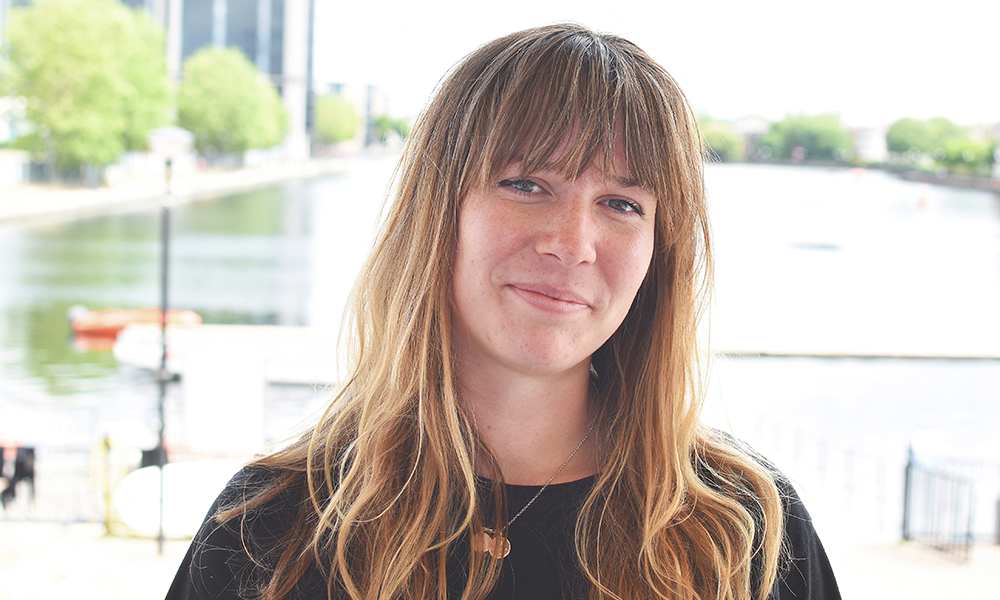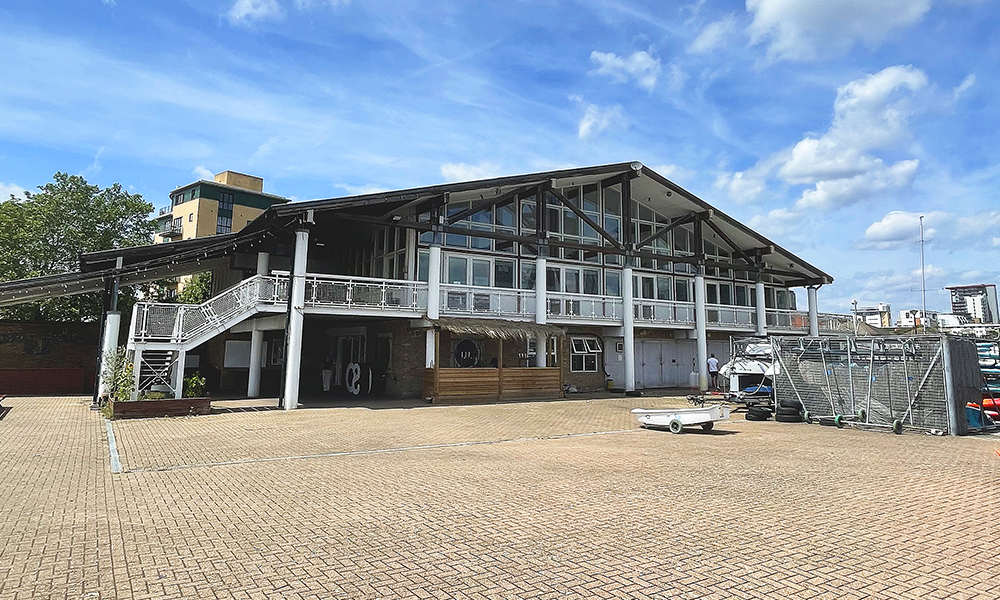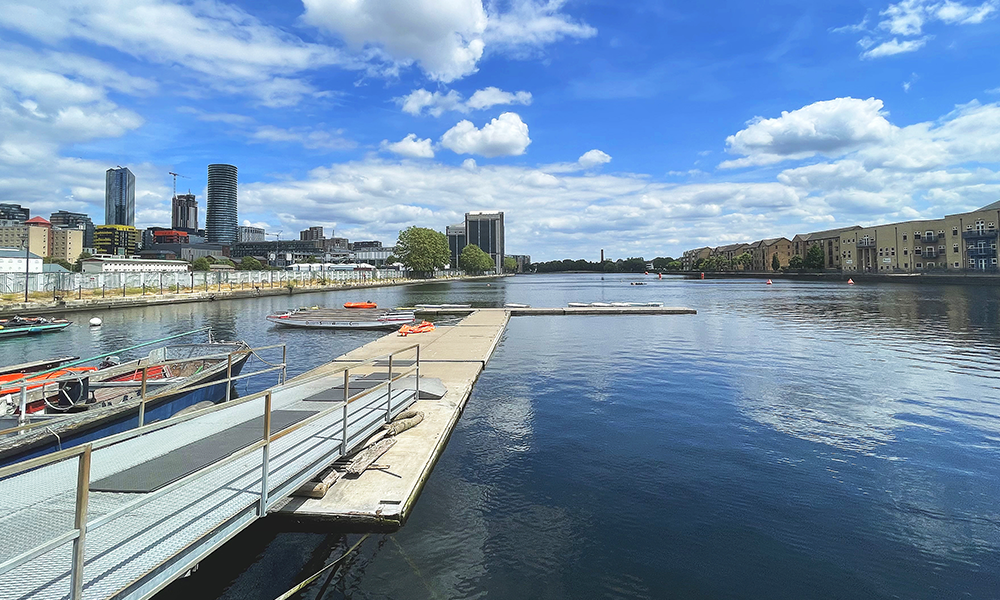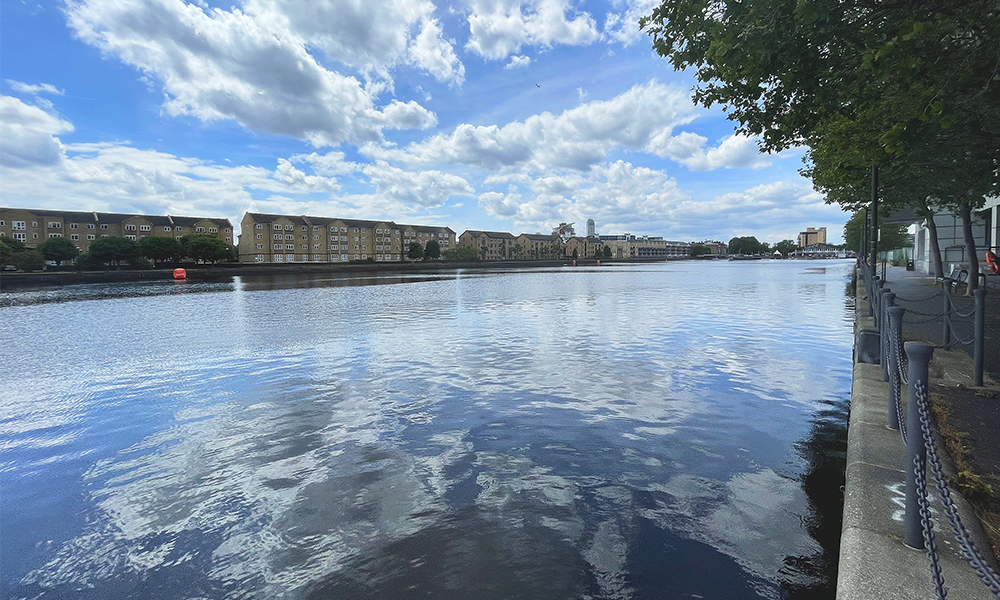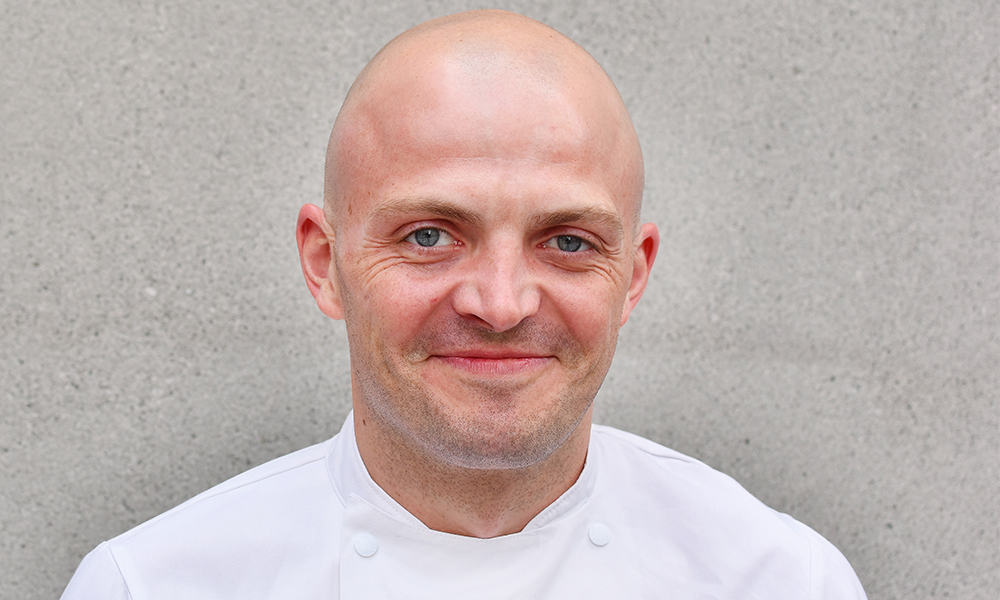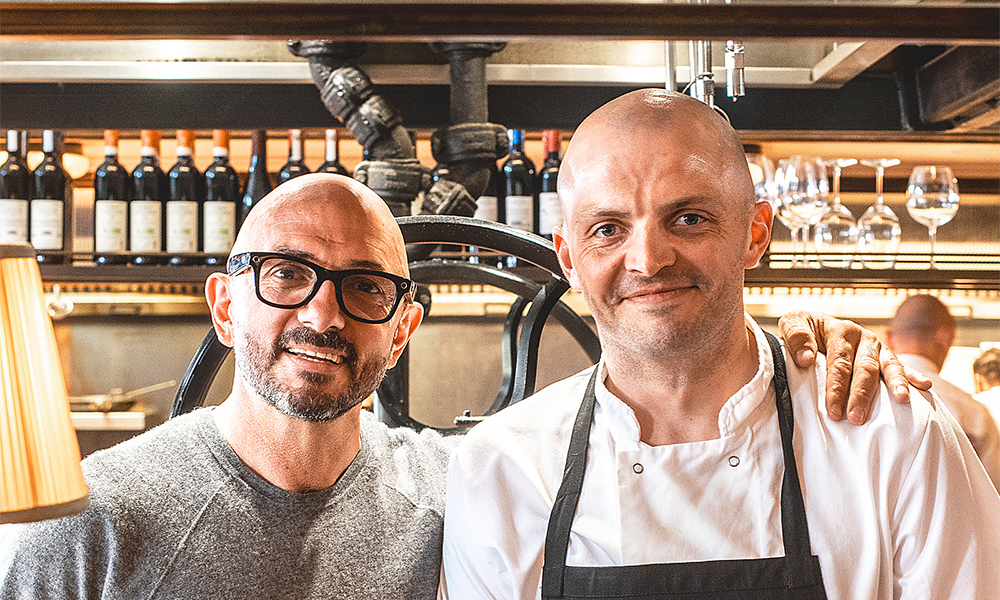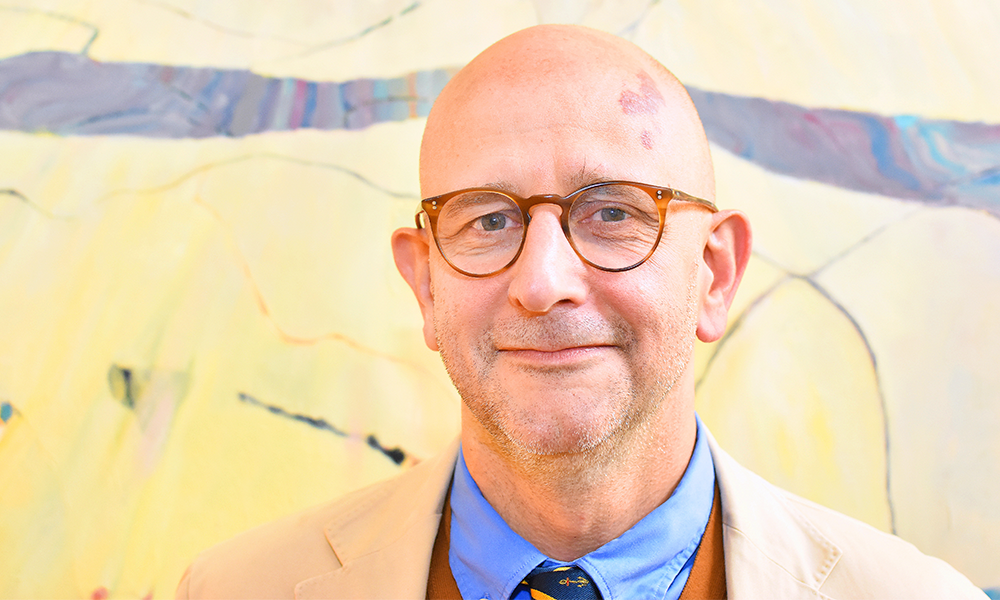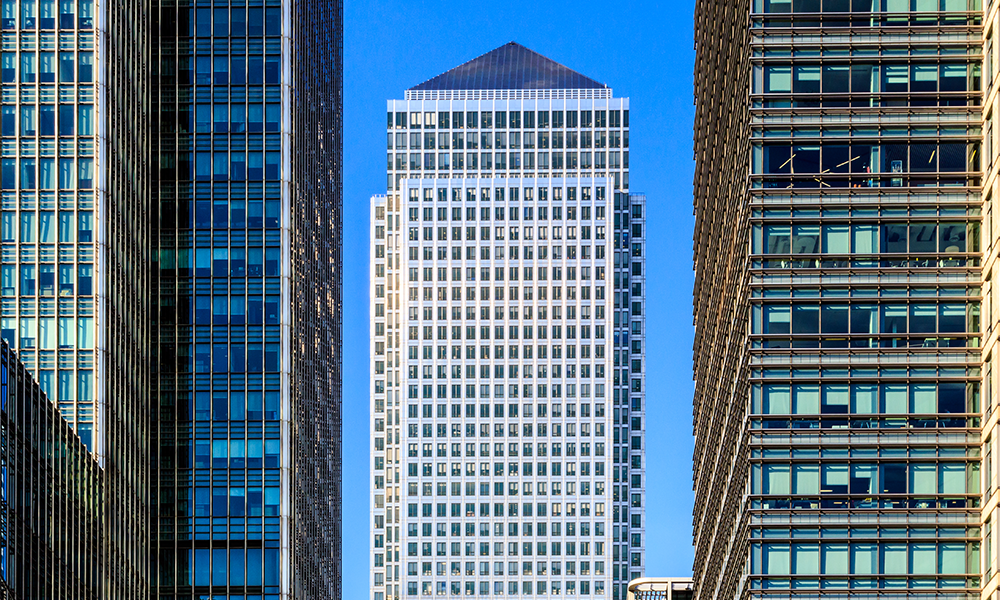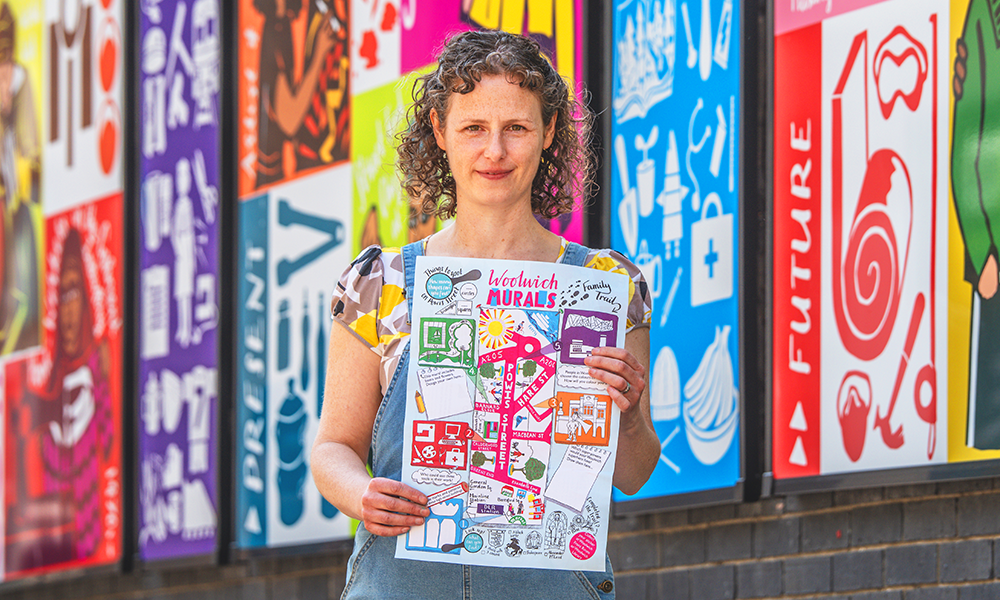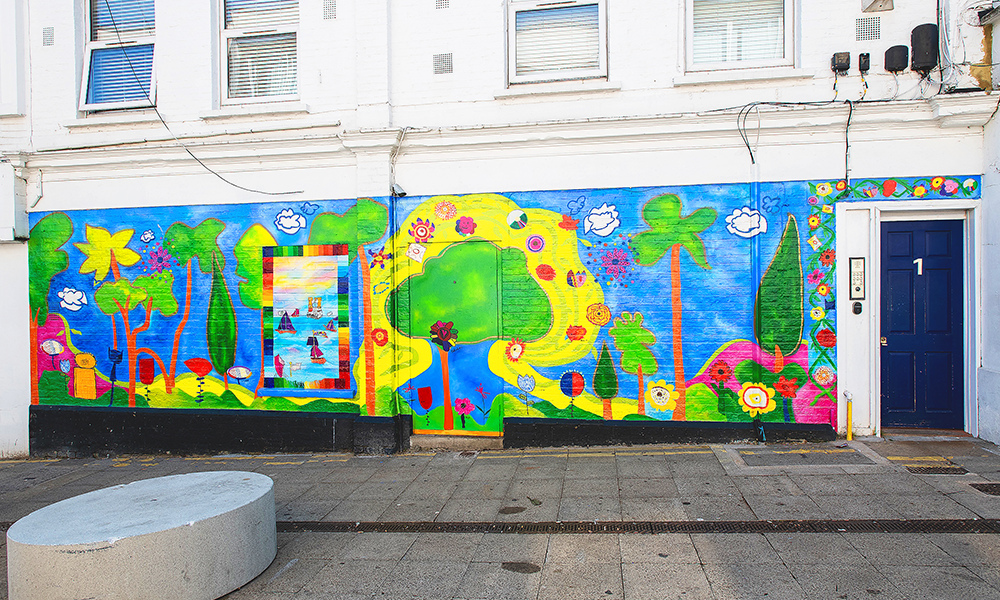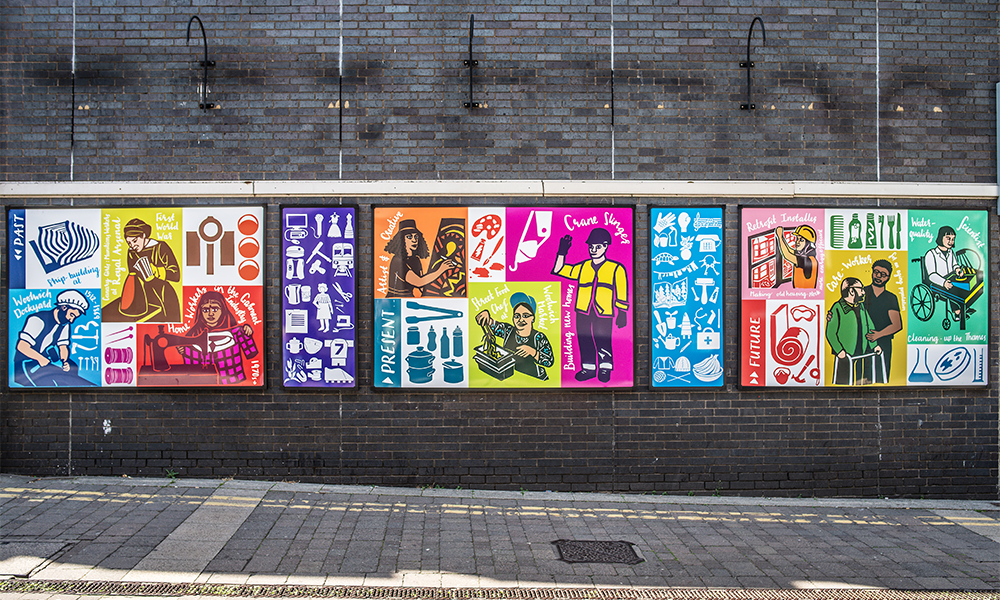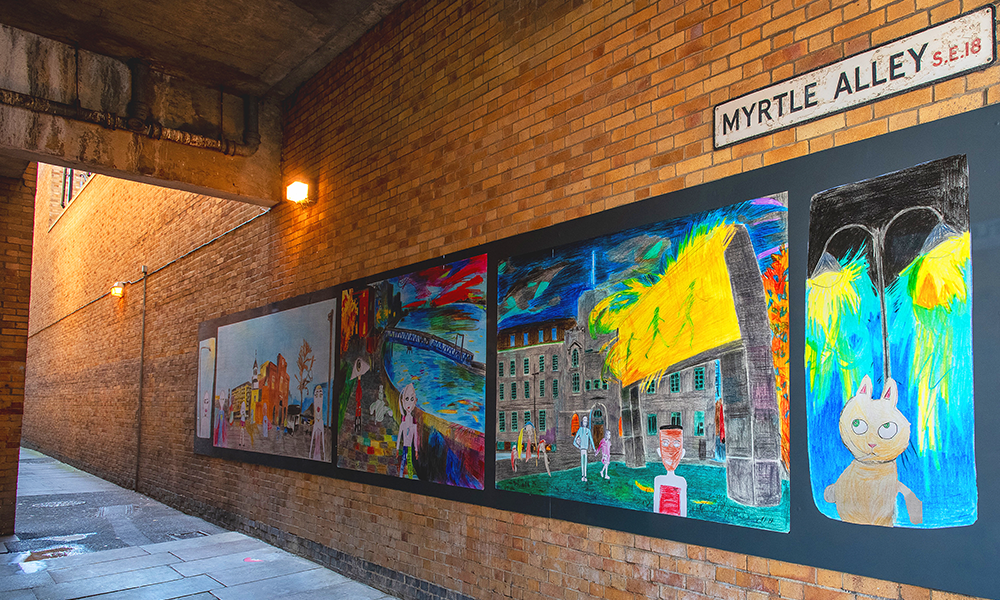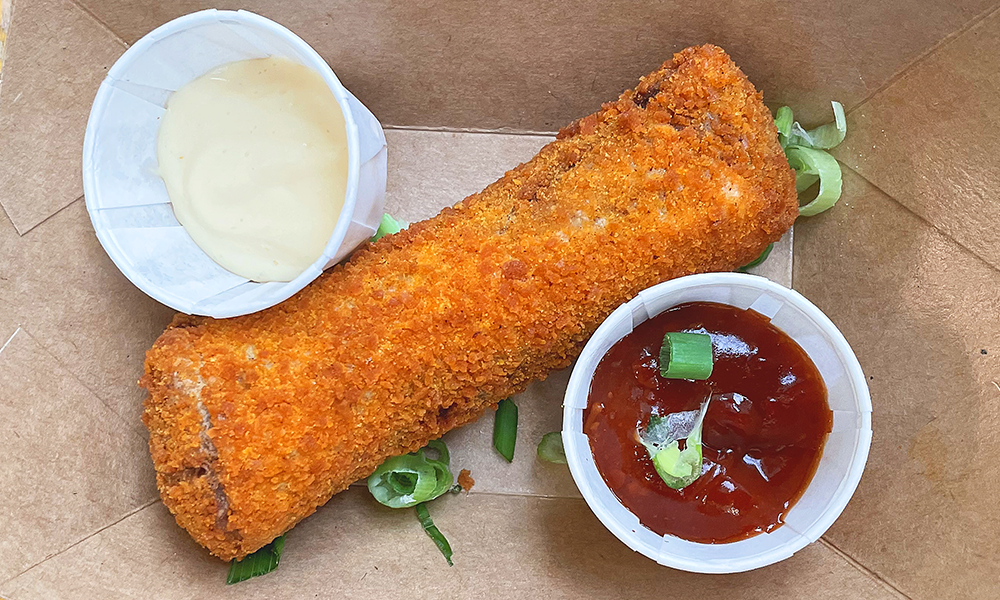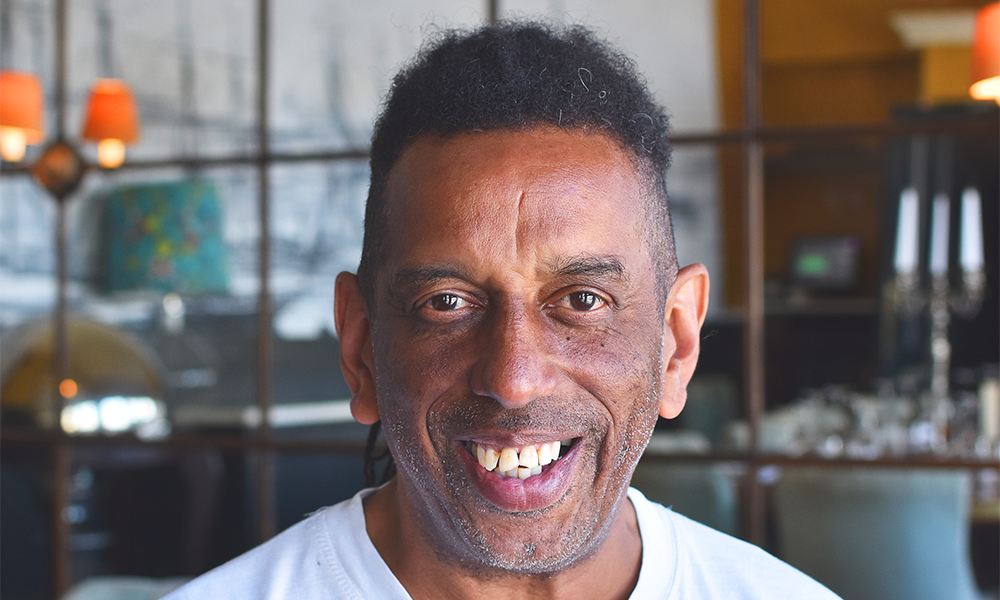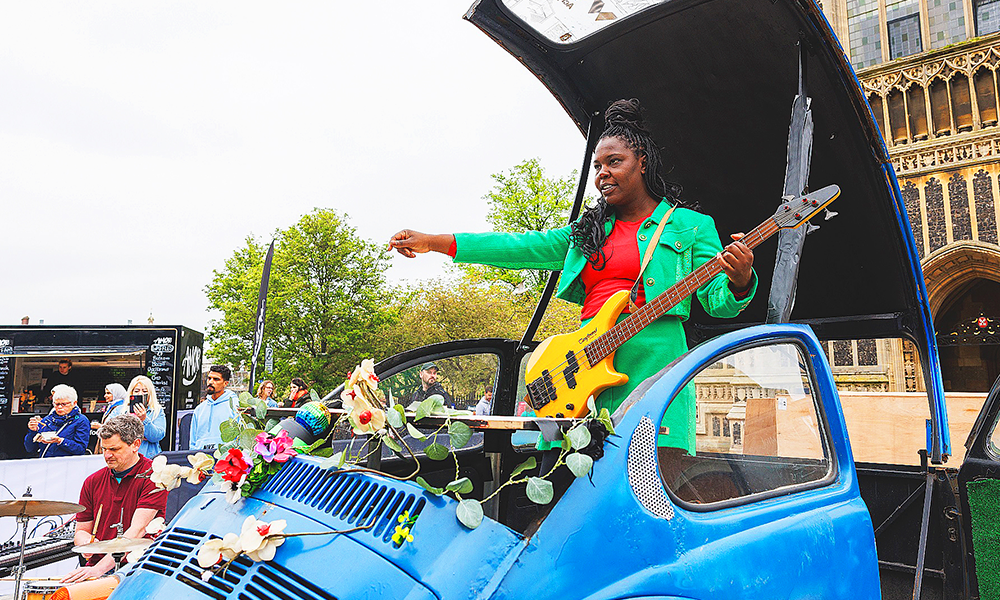Co-founder Jamie Topkaya on opening a restaurant with award-winning head chef Tacim Yetis
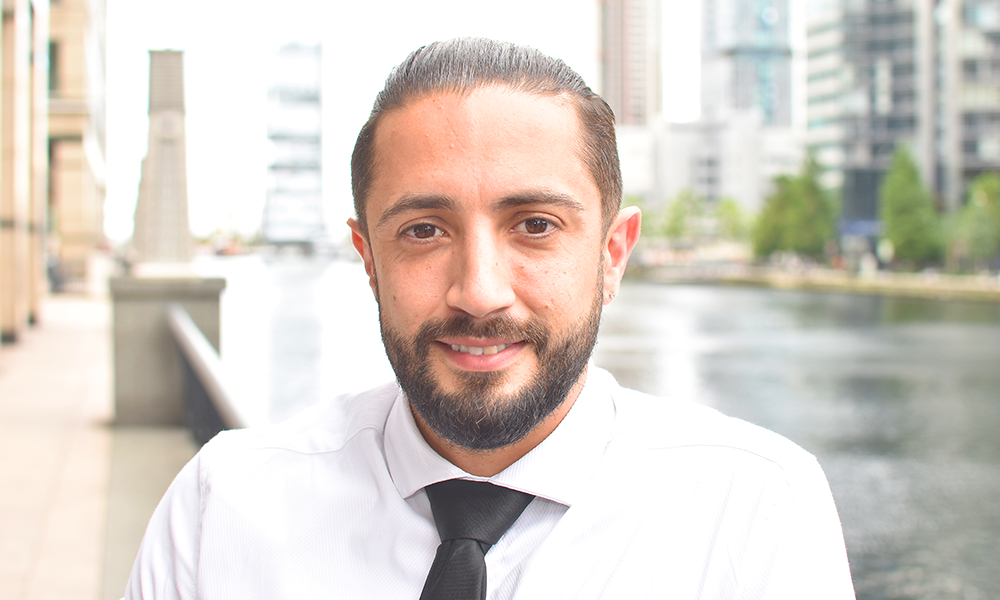
Subscribe to our Wharf Whispers newsletter here
Seafood in Canary Wharf often plays second fiddle.
With the possible exception of sushi and black cod at Roka and Nova Soctian lobster at Big Easy, few venues spring to mind as places to find dishes with fish and crustaceans as the main ingredient.
This might be a bit of a disservice to Boisdale, although despite the smoked salmon and shellfish platters it’s always seemed a restaurant that’s more turf than surf at heart.
Those who enjoy eating the fruits of the sea can rejoice, however, because the estate now has two places that put them front and centre.
There’s Fish Game, recently opened on Wood Wharf, with former head chef at The Gun Matt Colk overseeing its charcoal grills.
And then there’s Oysteria, which popped up next to the Canary Wharf end of South Quay Bridge earlier this year.
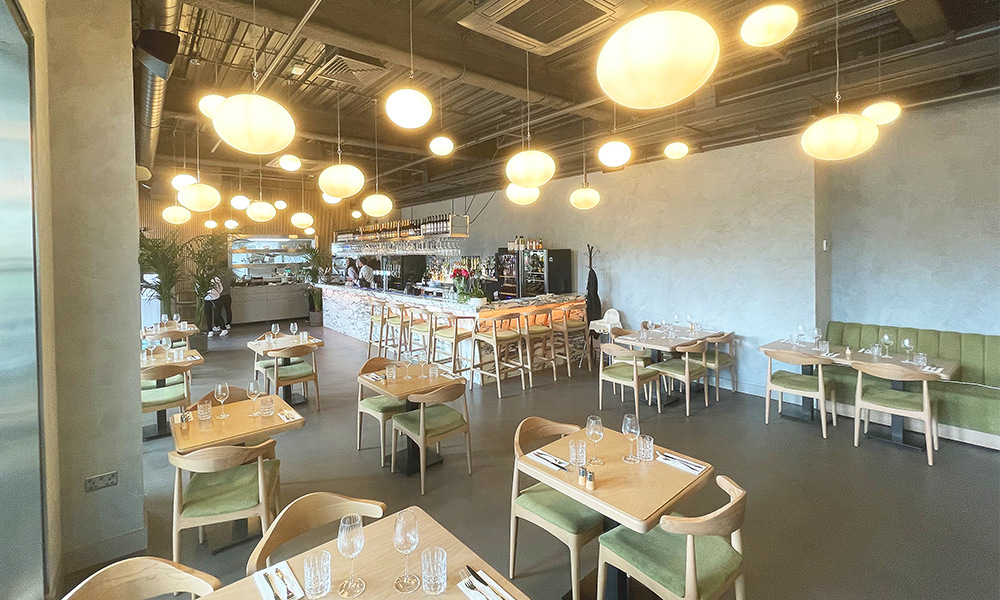
While Fish Game has found talent in a cook formerly working at a Blackwall venue, Oysteria represents a wholesale move for a family well-known on the Isle Of Dogs.
The Topkayas – father Mustafa and his children Jamie and Felicity – ran Italian spot Capeesh on the ground floor of Pan Peninsula next to South Quay DLR for seven years.
Having identified a vacant unit in Canary Wharf during the pandemic, they’ve now crossed the dock with Oysteria the core focus, having recently sold Capeesh as a going concern.
Jamie, who is spearheading the new venue, said: “We’d seen this place as a completely vacant unit but initially we weren’t going to take it on.
“Then we saw a gap in the market.
“Oysteria was really a good opportunity that came out of Covid.
“We spoke with Canary Wharf Group and they did a survey, which found there was a lack of seafood restaurants in the area and that they would really like to change that.
“We knew from running Capeesh that people locally really like their seafood – we’d been there a while and we thought it was time to jump over the water and onto the estate.
“I’ve always been a fan of oysters and we’ve managed to find an award-winning head chef to make the magic happen in the kitchen.”
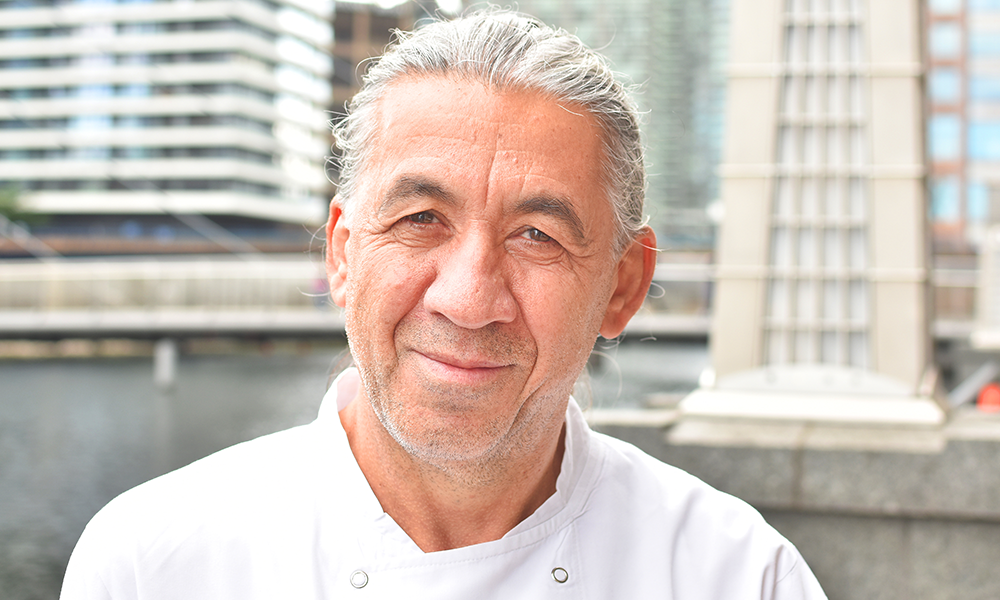
Before guests taste anything however, it’s worth taking note of a few things.
Astonishingly, Oysteria is the first restaurant in the Wharf’s history to face out over West India South Dock.
This strip of quay boasts a chunky colonnade to the rear of Bank Street, gets the sun pretty much all day and benefits from views down the dock.
Oysteria has tables right beside, sheltered from above, as well as a glass all-weather seating area for when things inevitably get a bit chillier.
Inside, the restaurant boasts minimal decor aimed at subtly recalling the deep.
“We’ve tried to remind diners of the sea,” said Jamie.
“There’s wooden cladding that’s similar to the deck of a boat, lighting like bubbles in the water and a light green colour scheme.
“It’s a bit like the restaurant under the sea.

“Outside, of course, guests can enjoy seafood right next to the water and we have heaters for colder weather.
“At Oysteria, people will find a good atmosphere, good food and good service – we’re very focused on looking after our customers.
“We want to put a smile on everyone’s faces.”
Key to that will be the food. The menu is about 70% seafood with burgers and steaks available for those who prefer land-based flavours.
The dishes are mainly Italian with influences from other parts of the Mediterranean – all overseen by head chef Tacim Yetis.
Named best chef in the UK at the 2022 Kebab Awards, he mostly does his talking on the plate, but did let slip that his personal recommendations were for the tuna with pistachio, salad and soy sauce, the monkfish with saffron gel, crusted polenta and spinach or pan-fried scallops with wild mushrooms, celeriac puree and salmon roe.
“On the drinks side, we are focusing on cocktails, including some that come with an oyster,” said Jamie.
“We have a Gin Martini and a Bloody Oysteria, which both come with one – the former features an oyster liqueur.
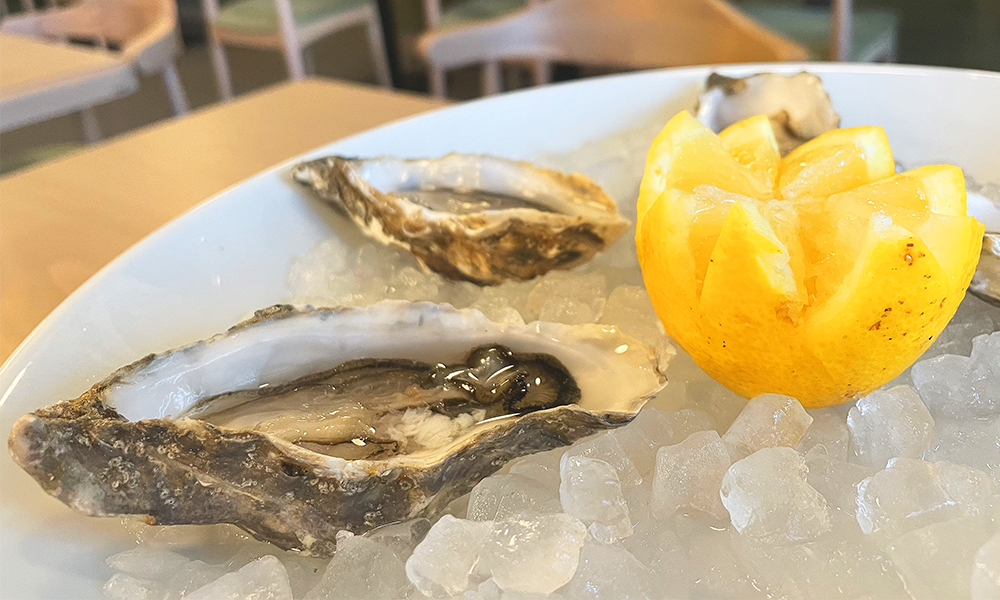
“The latter is a Bloody Mary-style drink, which goes perfectly with the shellfish thanks to the Tabasco sauce.
“We source much of our seafood from Billingsgate, which is only a stone’s throw from us, with some oysters coming from Jersey and Poole as well.
“It’s been an amazing learning process, discovering how to tell if they are fresh by tapping them,
“We serve them very fresh and there’s nothing better.
“If I was personally ordering a meal, I’d always start with a dozen and then follow it with the tuna.
“With the Italian influence, we offer a lot of pasta and risotto dishes too and those are always tempting.
“Then we have a fantastic pistachio tiramisu for dessert, which is perfect with a Limoncello.
“We’ve been getting busier and busier as we’ve built it up – taking on a unit that was just an empty shell at the beginning and turning it into a restaurant.
“We’re planning to introduce a two-for-one cocktail offer soon as well as a happy hour.”
- In the meantime, Wharfers looking for a deal can get lunch for £11.90 for a main pasta or risotto and a soft drink or £14.90 with a house wine or beer on weekdays from noon-3pm.
“We pride ourselves on delivering quick service,” said Jamie.
“At lunchtime we know people want to be able to sit down, eat and leave within 30 minutes and this is already proving popular.”
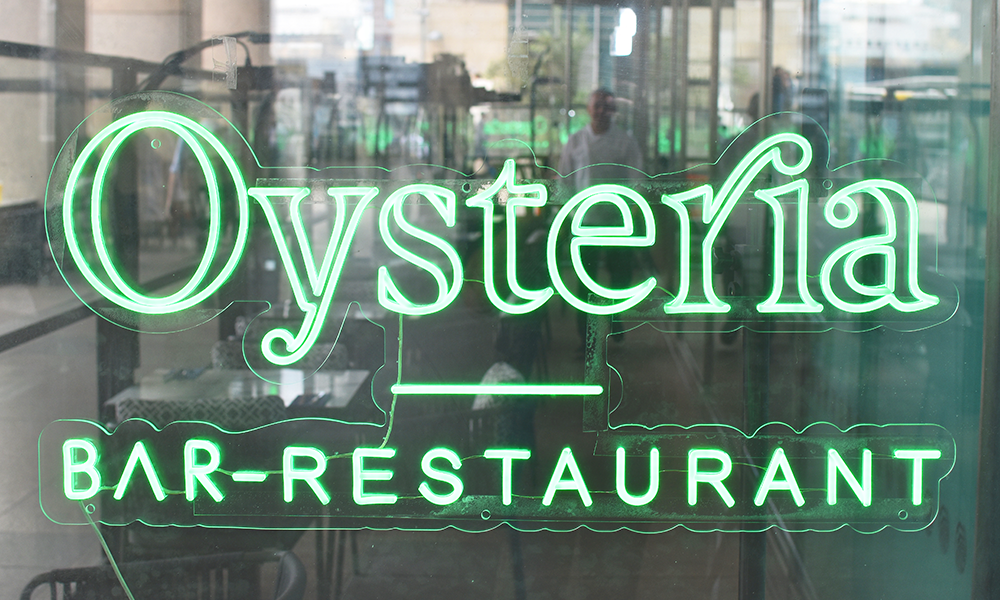
Read More: Why there’s only weeks left to see Punchdrunk’s The Burnt city
Read Wharf Life’s e-edition here
Subscribe to our Wharf Whispers newsletter here
- Jon Massey is co-founder and editorial director of Wharf Life and writes about a wide range of subjects in Canary Wharf, Docklands and east London - contact via jon.massey@wharf-life.com





